
|
|
|
|
|
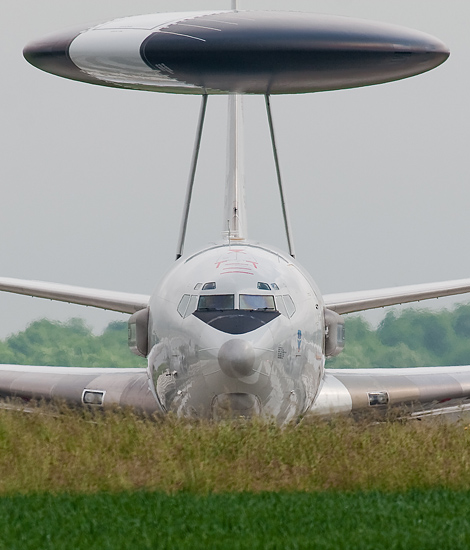
|
Turkish F-4E Phantoms at Florennes; Florennes, June 3, 2008
The Tactical Leadership Program 2008/3; Text and Photograph's by Alex van Noye
On June 3, 2008, I again attended a TLP mission. This edition of the TLP at Florennes was an edition with more
participants than previous editions. The highlight of this TLP was the participation of two Turkish F-4 Phantoms
from the Turkish Konya Air Base and two Turkish F-16’ s from the Turkish Diyarbakir Air Base.
The European Tactical Leadership Program (TLP) is an organization which was founded as the Memorandum of
Understanding (MoU) between ten NATO countries. The ten MoU countries are: Belgium, Denmark, Germany, Great
Britain, Italy, The Netherlands, Spain, France, Greece and the United States. The aim of the TLP is to
increase the effectiveness of tactical air support to allied forces. This is done by the development of
leadership skills such as tactical flying capabilities, mission planning & tasking capabilities and conceptual
& doctrinal initiatives. The most theoretical division of the TLP is the Concepts & Doctrine Branch. It explores
the different concepts and doctrines which are developed by the MoU nations. All those concepts are already in use
in those countries, but also new concepts are developed. Conferences offer attendees the opportunity to learn more
about the different methods of operations. This results in many new tactics and procedures. The conclusions and
recommendations, including the lessons learned during international conflicts, are shown in the manuals for the
tactical combat pilots within the NATO.
The TLP Academic Branch also works on a theoretical level only, but it has a more practical orientation. The task of
this organization is to teach all these skills and common languages of all facets of Allied Tactical Air operations
to the NATO pilots. The Academic Industry consists of two parts, namely; Academic and Intel. The Academic section
carries out a series of courses with the aim to generate awareness of a Combined Air Operation with aircrews of all
the MoU Nations. This also applies to other departments which are participating in the exercise such as not-members
of the MoU nations. As a main goal of this training, the participants can provide a briefing where they teach each
other something about their own weapon systems, aircraft, national capabilities and tactics. Later during training,
these tactics are analyzed and compared to the tactics that have been practiced. New tactics are developed in this
|
|
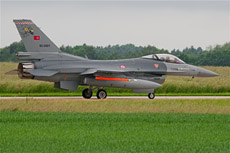
|
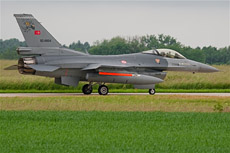
|
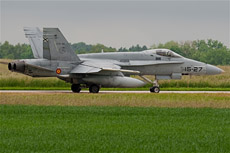
|
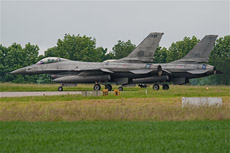
|
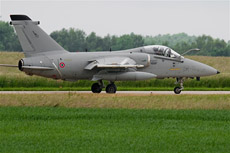
|
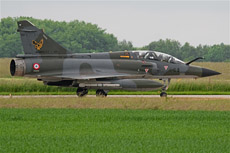
|
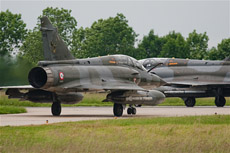
|
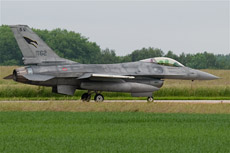
|
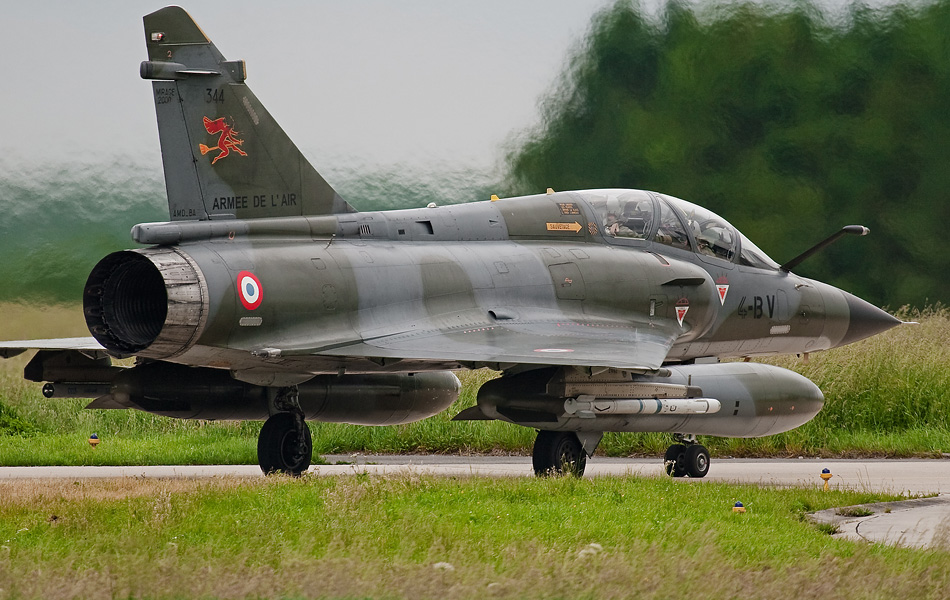
|
way which can be used in the combined operations during international conflicts. The most practical oriented
department of the TLP is the Flying Branch. The objectives of the Flying Branch are various. The first objective
is to improve the tactical leadership skills of the leaders of the flying squadrons. The second major goal of the
exercise is to improve the cooperation between the multinational NATO tactical air forces. This is done by exposure
to other air forces with their tactics and capabilities. Finally, the third major purpose is to provide a flying
laboratory for tactical concepts and new cooperation procedures.
The weather today was cloudy during the morning when I arrived at 10 am at Florennes. There was a light cloud base
above the air base. It didn’t take too long before the TLP mission was about to leave. Today there was a long range
air to air refueling mission on the program. The participants of the TLP often leave a bit earlier, because this
kind of missions takes a longer time than normal missions. The first two members of the TLP which left were the
Spanish CN-295 and E-3 AWACS of the NATO. Especially the AWACS was nice to photograph. The first two fighters which
appeared were two of the four aircraft where I came for. Two Turkish F-16’s from Diyarbakir Air Base taxied to the
main runway. This F-16’s can be identified by the red and white checkered tail band. The following participants were
two Spanish F-18’s and two Italian F-16’s. After this, two Italian AMX aircraft appeared. I was very happy with these
two aircraft, because I don’t have much of these aircraft in my collection. At least four Mirage 2000N aircraft joined
the exercise at this TLP edition. Two Mirages were from Luxeuil and Istres; both air bases are located in France. I
still had to wait for the two Turkish phantoms, because a few other aircraft departed first, namely: two Italian F-16’s,
two French Rafales and two Spanish Hornetts. It was very busy with departing aircraft at this time. The sun broke
through the cloud base when the two Spanish Hornetts were ready for departure. This was an ideal scenario, because
the Turkish Phantoms could appear any moment. The sun was shining brightly when the two Turkish Phantoms arrived. I was
therefore able to shoot photos of these aircraft under good light conditions. The same happened when the three Spanish
Typhoons arrived at the head of the main runway.
After one hour suddenly a Marchetti SF-260 came in for landing at Florennes. This small training aircraft made several
approaches and it disappeared again to Beauvechain. Another Marchetti appeared ten minutes after the first one; also
this plane made a few approaches. Also a third Mirage 2000N from Luxeuil arrived. It would join the exercise later.
After one hour of waiting, the first TLP participants came back from their missions. The first two aircraft which
arrived at Florennes were two Spanish Hornetts. The light on the incoming Grippens was great. The grass was a little
bit wet and therefore it reflected the sunlight on the bottom of the incoming aircraft. The planes were therefore evenly
lighted. After a short time the Turks finally came back. The two Phantoms from Konya are a rare appearance in the
Western part of Europe. Both Phantoms came in nice and low. They made a spectacular landing and I could take decent
pictures of these two machines. The two F-16’s from Turkey followed soon after the Phantoms. The AMX which came in was
completely high- lighted and therefore it was the best photo of the day. The bottom was completely lit by the reflected
sunlight on the wet grass. It took too much time to wait for the return of the AWACS. I walked therefore back along the
fence towards my car. Suddenly I saw this aircraft hanging at the horizon. After the landing of this aircraft all the
participants of the TLP were back at Florennes. My day at Florennes was over. I had achieved all my goals and therefore
it was a very successful day. I had over 400 pictures of today’s mission of yet another great edition of the TLP.
|
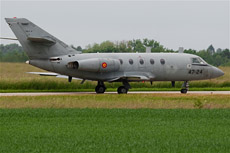
|
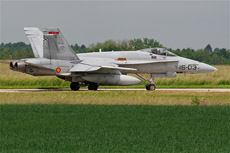
|
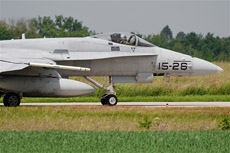
|
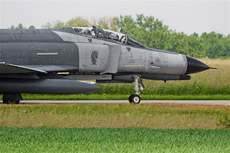
|
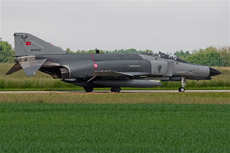
|
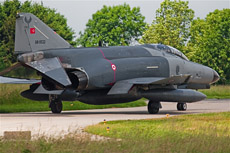
|
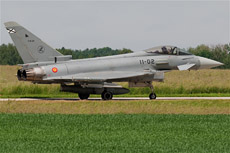
|
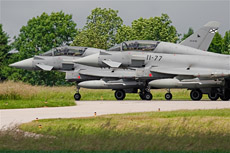
|
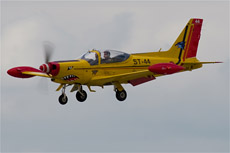
|
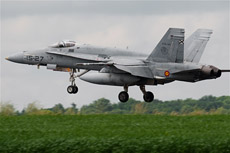
|
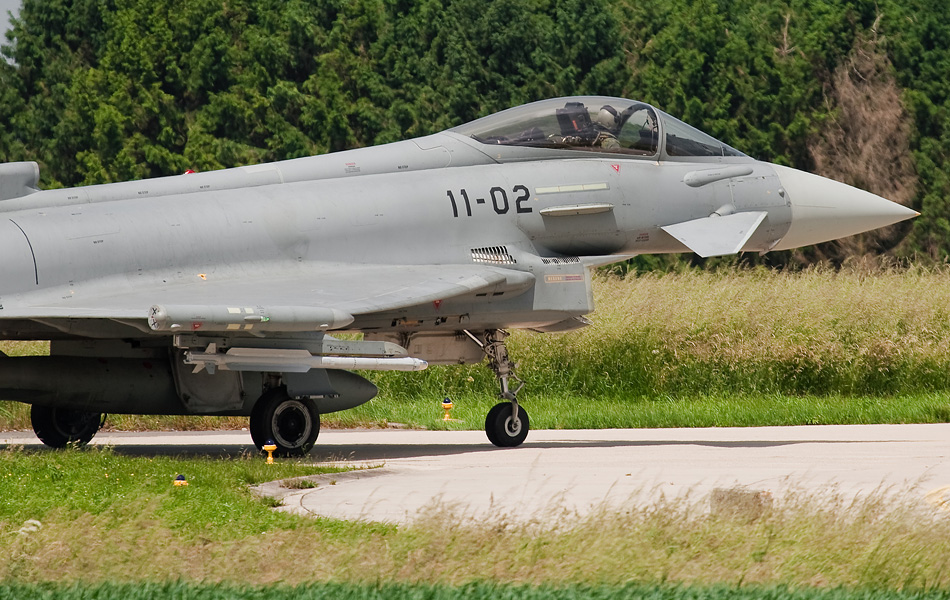
|
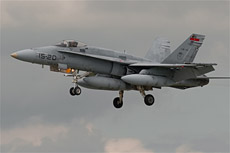
|
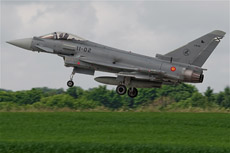
|
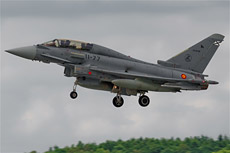
|
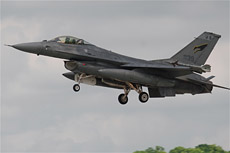
|
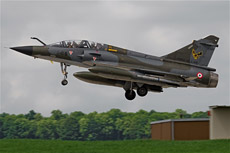
|
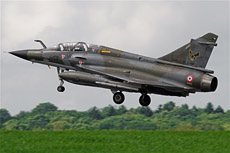
|
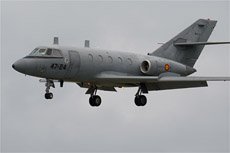
|
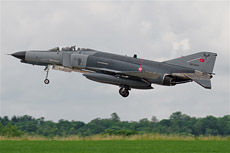
|
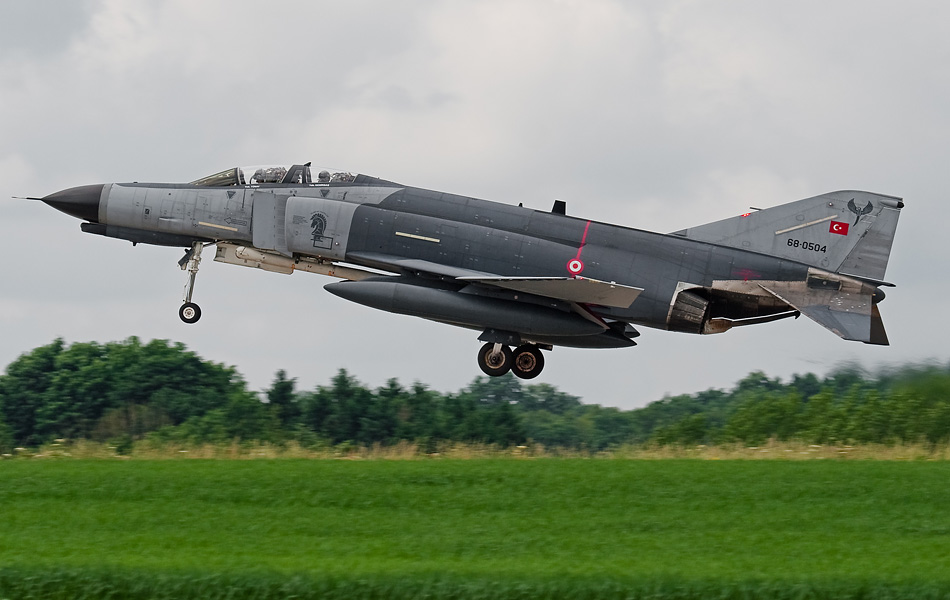
|
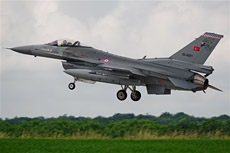
|
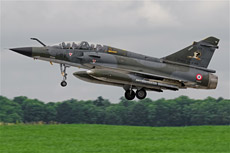
|
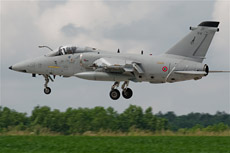
|
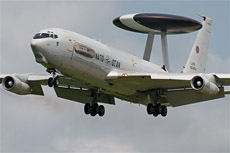
|
|
|

|







